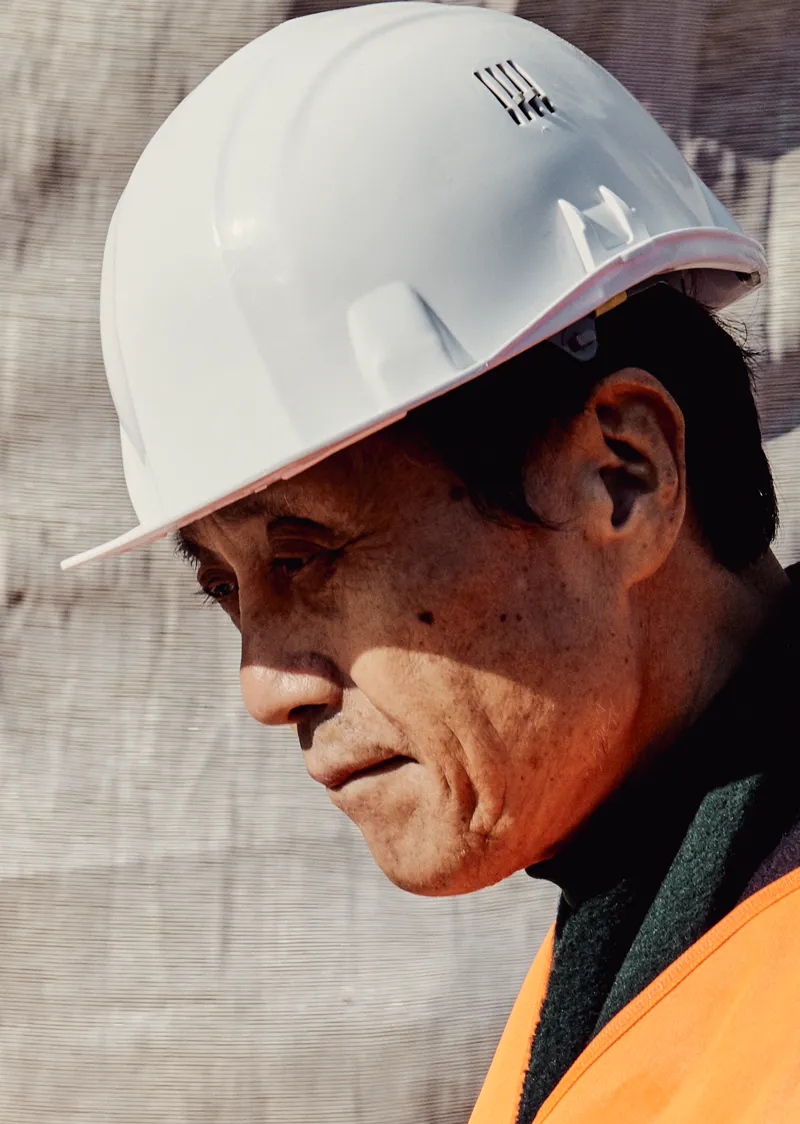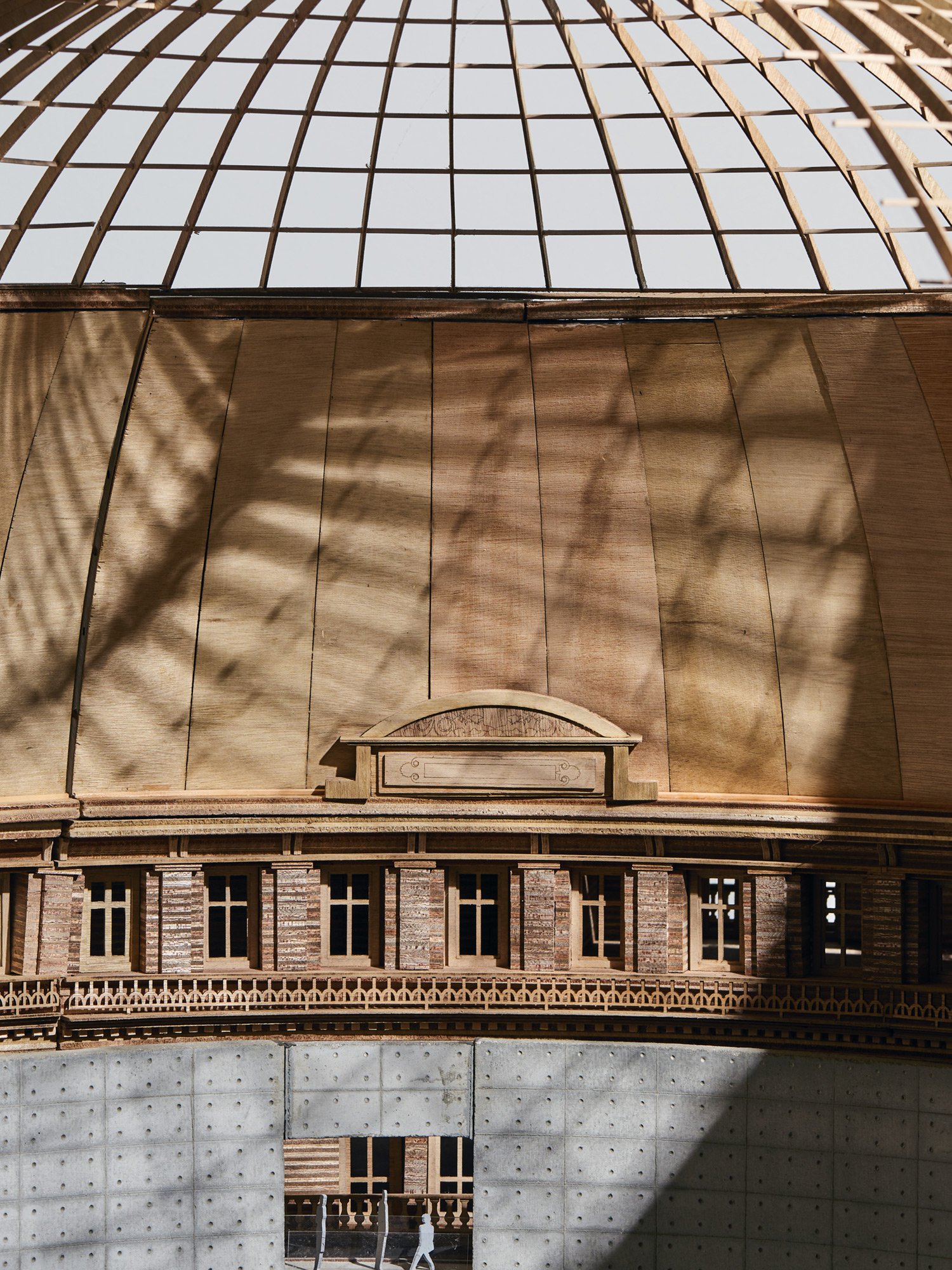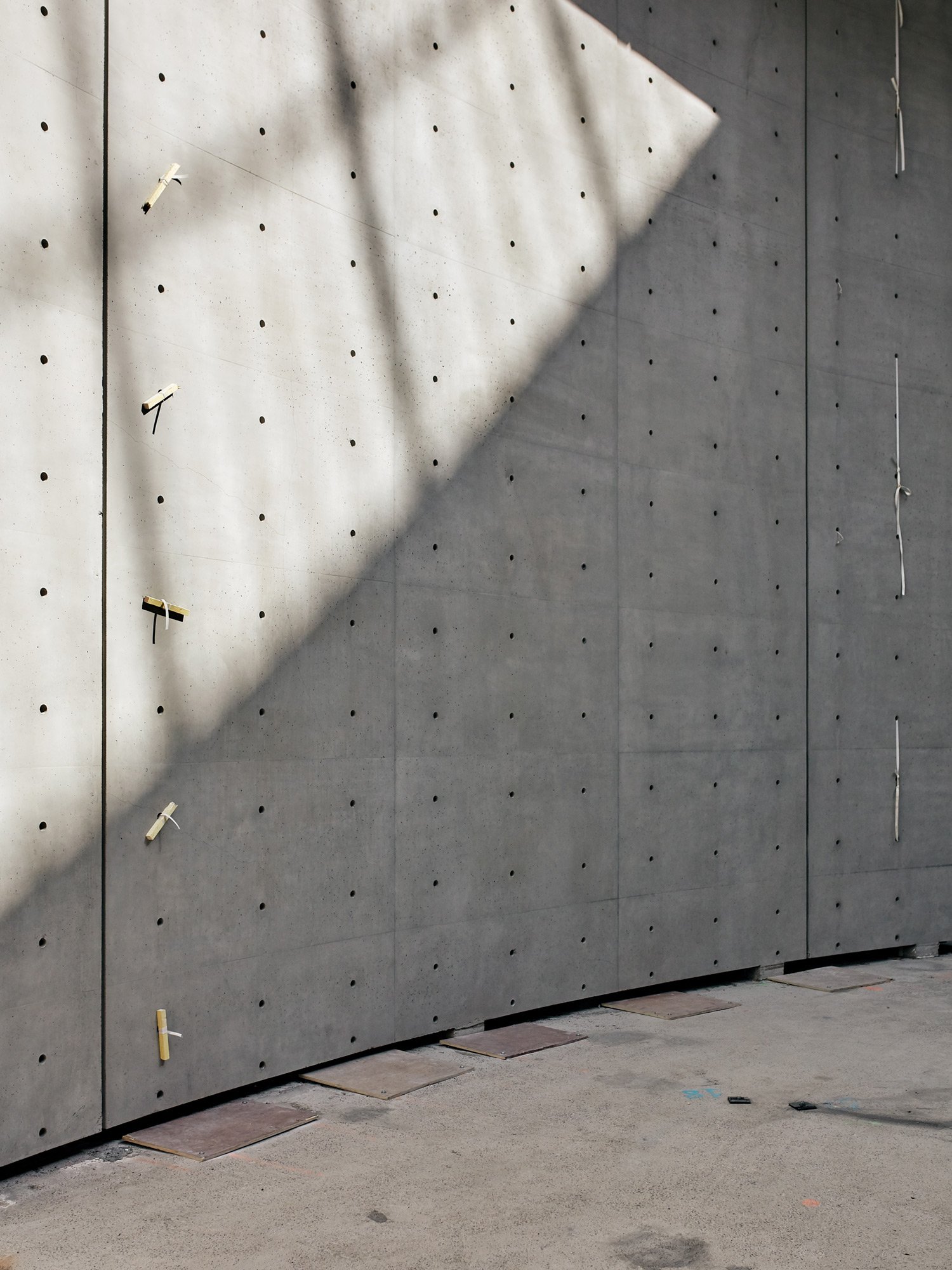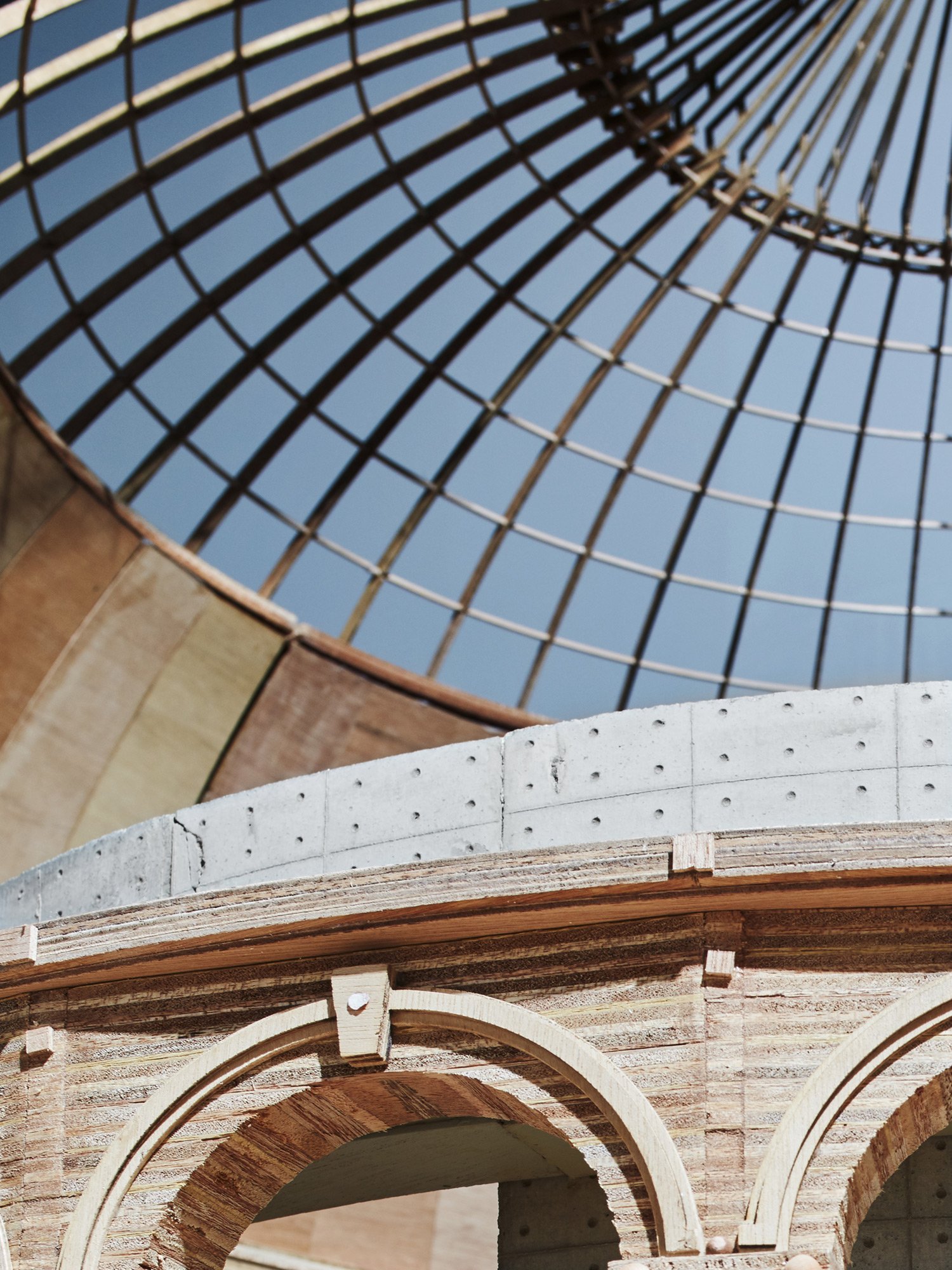
Tadao Ando: “I want to create an architecture that touches people with its beauty.”
Japanese architect Tadao Ando was chosen by François Pinault to design and oversee the conversion of the Bourse de Commerce into a museum.
How did you discover architecture?
I discovered architecture at the age of sixteen when an extra floor was added to our family home. I was working with a local carpenter at the time. He seemed to enjoy his work and his joy drew me to a creative profession.
“What remains engraved in the minds of men is immortal.»
How would you qualify Paris and its architecture? What struck you about your first visit to France in 1965?
Notre-Dame was the first site I visited in Paris in 1965. Afterwards, I walked around the Île de la Cité, I saw the Seine… Then I visited Le Corbusier’s Villa Savoye. After that visit, I was dying to meet Le Corbusier. But unfortunately, he had passed away that summer and I came to Paris in September… So I couldn’t meet him. Instead, I frequently wandered around the area near his studio in an attempt to feel and understand the environments and contexts in which Le Corbusier had worked.
You also visited Paris in May 1968, over fifty years ago. What changes have you observed since then?
I was in Paris in May 1968, staying with a painter friend. Everything was shut down by the general strike. I stayed three months. During that period, I came to understand the radical side of the French who are ready to fight to the end. That inspired me to adopt a radical stance in my work, too. Since then, the world has developed at a lightning pace, but the heart of Paris has been well preserved. In one or two hundred years, old neighbourhoods like these will be precious. Today in Asia, skyscrapers are being built at a phenomenal speed, in Singapore or Malaysia, for example, but few of them touch us, or hold our attention.

For the Bourse de Commerce project in Paris, how did you approach the encounter between a patrimonial site and your unique style of contemporary architecture so as to create a museum devoted to cutting-edge art?
I read a book called Architecture de Paris. The cover shows the Bourse de Commerce. That is how I discovered this ancient building and came to the realization that if anything was to be built there, the existing structure had to be preserved but another universe, our world, could be built inside it. I wanted a new architecture—a hyphen between the past and the present—to produce a vision of the future by provoking an emotion in the space.
ln a few words, can you tell us what you wanted to do for the Bourse de Commerce project and how you hoped to implement this?
The birth of a grandchild often gives a new lease of life to the grandparents. We need to create architecture in this spirit. As if we were giving birth to a child. In this building, that is over one hundred years old, my aim was to give birth to a child. With this act, the building is revived and transformed. I wanted to create a powerful architecture, capable of projecting itself into the future. Therefore, the old parts or sections of the building constructed in the 19th century were fully restored first.
“I want to create an architecture that touches people with its beauty.”
You are famous for your resolute penchant for concrete and light. Can you explain this preference to us?
Reinforced concrete was invented at the end of the 19th century in France. It comes from Paris. It spread widely in the 20th century, becoming a material that was easily available throughout the world. Using this very common material, I wanted to build something that couldn’t be found elsewhere. For me, reinforced concrete symbolizes “nothing” or the “void”, but it can make a person beautiful when they stand before a reinforced concrete wall. When someone else passes by, the mood of the concrete changes. The wall welcomes and accompanies people’s feelings. I aspire to create an architecture where the wall is hospitable, and where the visitors who feel truly welcome, are revived and invigorated.

In absolute terms, what makes a building successful?
In itself, architecture is not immortal, but some things are forever etched on our soul and mind. When people enter Notre-Dame de Paris, they feel something imperishable and immutable. It is as if it gives them the strength they need to live. Architecture such as this needs to be scattered here and there. In the Bourse de Commerce with its circular space, and the zenithal light flooding through the glass dome, I wanted to evoke the future and in the concrete circle, hope.
How can you tell if a building or a site you have created is a success?
Architecture should make us quiver with joy. Everyone involved, from the carpenter to the mason, the site manager to the architect, and even society around us, everyone must come together to give birth to a building that makes us hopeful, encourages an effervescence and an exaltation. If this quiver does not arise, it means that the project has not been successful. Look at the Pompidou Centre: in its time, the architecture was extremely unusual and many people disliked it. It also had its supporters; for them the building was a ray of hope. Architecture often divides opinion. For lack of something better, why not simply aim to give people hope by creating a building? By making it a place where freedom of thought resides…
Architecture should make us quiver with joy.
What building, created by another architect, would you have liked to have designed?
The starting point for any architecture is the habitat. A home embodies and unites the body and soul of its occupants. From there on in, architecture grows; it evolves to become a museum, an administrative building, etc. If we think a home is important as an archetype of architecture, even if we change the scale, a larger building will always conquer people’s hearts. My first creation was a fifty square metre house. I would like to make another fifty square metre house before I retire.
What is the first artwork you can remember that really had an impact on you?
There are too many to mention… The first artist who really caught my attention was Jackson Pollock: his painting overflowed from the canvas. Life becomes more joyful or more interesting, I think, when we don’t follow the well-trodden path. I was struck by Pollock’s paintings because they went beyond in every sense of the term. Similarly, Duchamp’s work forced me to become aware of the importance of thinking. Contemporary art, art in general, marks our lives, invites us to think, encourages us. We should develop a relationship with art at an early age.
If you didn’t live in Osaka, where would you like to live?
I grew up in Osaka visiting Midōsuji Avenue, the city’s equivalent of the Champs-Elysées, and admiring Osaka’s lovely municipal building. I have always found my hometown beautiful and I’m proud of it. Every city has something of which the residents are especially proud. This pride gives us the strength to think. People grow attached to their city for that very reason. Therefore, we should be proud of our own family and of our own neighbourhood, region and even country! Given the dramatic increase in the Earth’s population, everyone needs to become aware of this and try to come up with solutions.
What is or has been your greatest extravagance?
A lot of my architecture is extravagant. For example, in “Sumiyoshi no Nagaya” in Azuma, the first house I built, a small open courtyard separates the rooms. The residents have to cross it to go from one room to another. They say it’s badly heated and difficult to live in. Most of my architecture is like that. I ask my clients to get used to their home. They can transform it by living in it. My office has a shaft that runs from the ground floor to the fourth floor, like a sort of chimney shaft. The space isn’t a very practical one. But if I speak loudly, everyone listens to me. That’s what a family is and what society is. This is what it really means to work together. It’s not the most practical building, you have to get used to it, but it provides a different environment, a new universe.

What books can we find on your nightstand?
My bedtime reading… I didn’t read a lot as a child… I started thinking around the age of twenty. I read Japanese authors, philosophers Tetsuro Watsuji and Kitaro Nishida. Kitaro Nishida constantly drew circles, over and over. Jirō Yoshihara (the forerunner of the Gutaï artistic movement) also often drew circles. Looking at the history of the circle, we go back to Greece; we return to Plato. Throughout my life, I have believed in the eternity evoked by the circle. I want to continue to believe in it now and forever. Another book I enjoyed reading is Musashi Miyamoto written by Eiji Yoshikawa, a difficult work but it taught me to “be resolute”. All my life I have chanted the following words or motto to myself: “be resolute”. It is something I follow.
Can you tell us more about this motto?
Never give up. Discover your own options, never count on others and have faith in the paths you discover for yourself. If someone else approves of this new way of life, all the better.